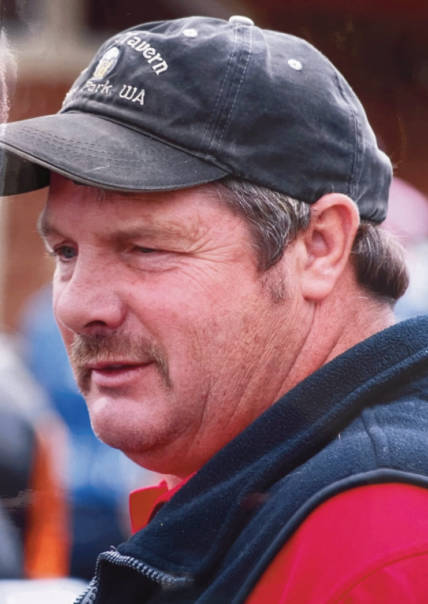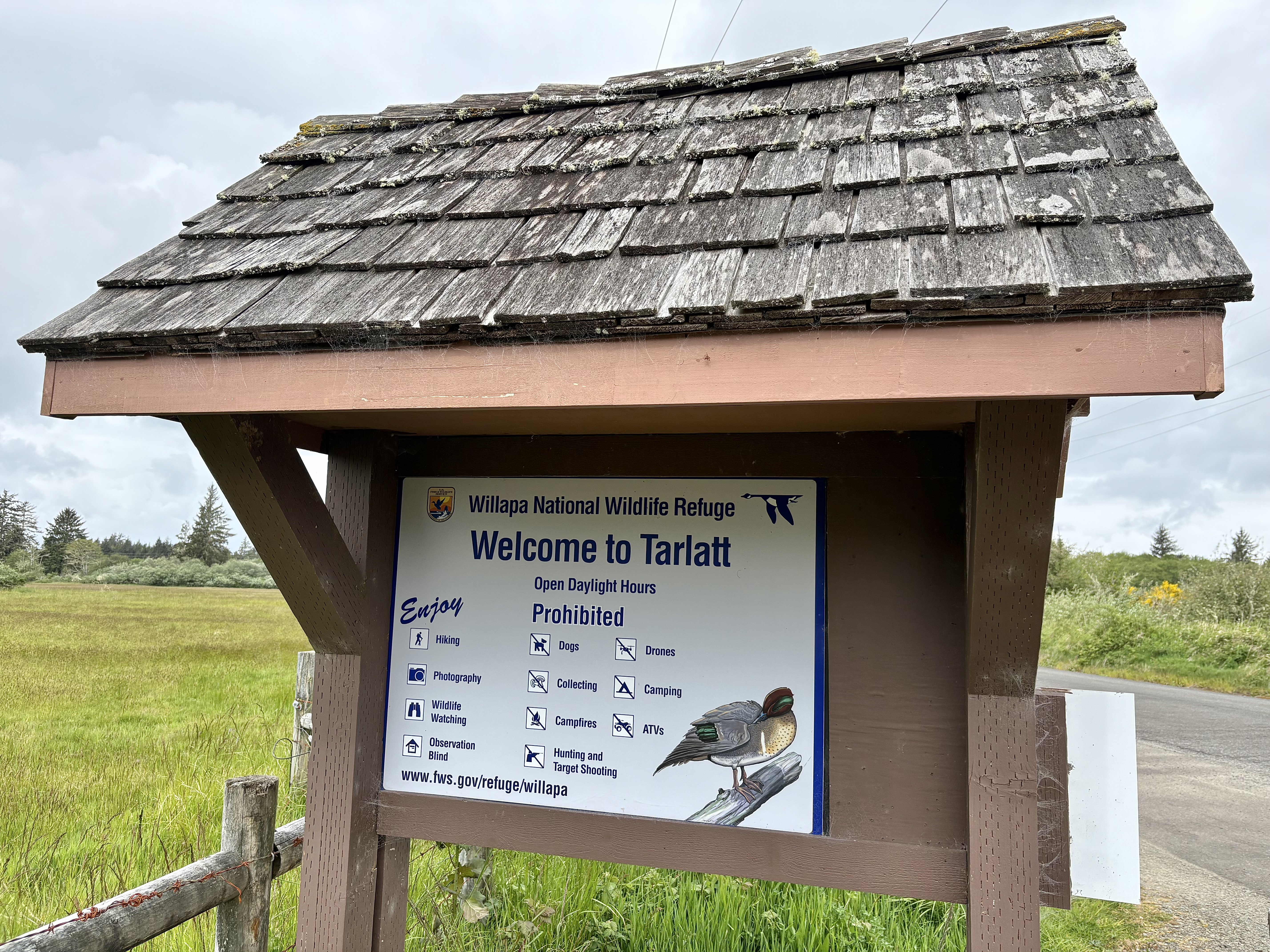What makes a good farm dog?
Published 12:26 pm Thursday, June 28, 2018

- Cati Foss of Seaside walked her dog Lyra on a loose lead near livestock in a farm environment. The Shetland sheepdog executed this part of the test flawlessly, as the chickens crossed the road without any stress.
CHINOOK — “A good farm dog does not chase the chickens, ducks, livestock or the resident barn cat,” veteran dog trainer and Chinook resident Tina Woodworth said. Rewarding these traits and others is part of program launched by the American Kennel Club two years ago called the Farm Dog Certified (FDC) test.
Trending
In an effort to broaden AKC’s reach beyond its traditional focus on purebred canines, the nation’s premier organization for dog fanciers is shining a light on the multifaceted working dogs that still play important roles on U.S. ranches and farms.
“A wide variety of dogs live in rural areas, so the FDC test is intended to demonstrate good behavior in these settings,” AKC executive field representative for herding Alison Ruhe said in a blog post. “In addition, we view this new class as an opportunity to benefit our herding clubs by attracting new dog owners to their events, introducing them to the fascinating sport of herding.”
The farm dog test is conducted in a real farm environment, with real livestock, Woodworth explained before a June 24 workshop at her Chinook Valley Farm.
Trending
There are 12 test items, all of which must be completed successfully to pass.
“The dog must demonstrate self-control, courage and trust in the handler,” Woodworth said. “These all are traits vital to a working farm dog. The farm dog certification test is intended to test a dog’s aptitude to work as a farm dog. It isn’t meant to be an obedience test but your dog must have basic leash-walking skills and a solid state to be successful.”
The FDC program is open to all dogs — mixed breeds as well as purebreds. Woodworth, a licensed AKC Farm Dog Certification judge, said her training plan for farm dogs is even open to dogs who have never before been around livestock.
“The FDC test provides an opportunity for dogs to apply their basic training in a unique environment. One can think of it as a ‘Canine Good Citizen’ test on a farm,” said Doug Ljungren, AKC’s vice president for sports and events. “In addition to promoting responsible dog ownership, the basic manners needed for the FDC test will prepare them for many other AKC activities.”
Contact Woodworth at ChinookValleyFarm.com or call 360-777-8888 for information about future FDC training opportunities and certification tests.
Test 1: Greet the judge — the handler approaches the judge with the dog at his side on a loose lead. The dog must not jump or show aggression or excessive shyness.
Test 2: Walk around the farm and a passive stranger — the handler walks the dog on a loose lead at least 200 feet around a variety of objects and near a sitting person.
Test 3: Jump on a hay bale and sit or lie until released by the judge.
Test 4: Walk past farm animals — the dog must be able to walk past farm animals on a loose lead in view of pinned farm animals.
Test 5: Walk over or through unusual surfaces — the handler walks the dog over three unusual surfaces, such as plastic tarp, a sheet of plywood, or metal grating lying on the ground.
Test 6: Supervised separation — the handler places the dog in a crate and walks out of sight of dog for a minimum of a minute.
Test 7: Pass through a gate — the dog stays on the handler’s command while the handler opens a gate passes through, and stays while the handler closes the gate.
Test 8: Reaction to another dog — the dog remains stationary on a loose lead while another dog is walked by twice, about 10 feet away.
Test 10: Reaction to noise distraction — the dog is exposed to two common farm sounds, such as hammering nails, leaf blowers or tractor engine, and must not panic.
Test 11: Dog approaches livestock — the handler approaches penned livestock with the dog on a loose lead. The dog may not lunge or be fearful or aggressive to the stock.
Test 12: Physical examination — the handler examines the dog for plant material or debris collected while working on the farm, examining the ears, coat and toes.









